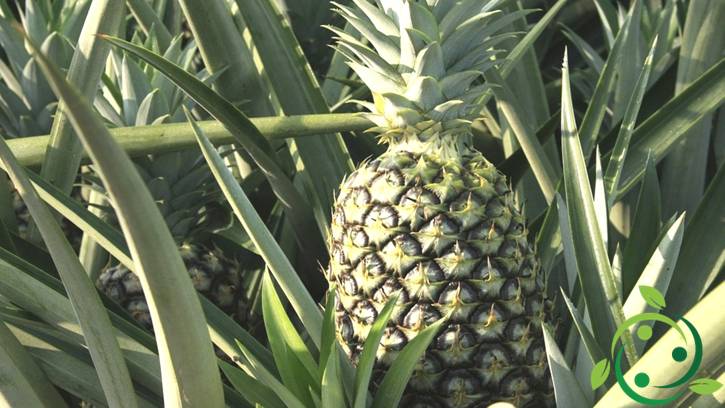How to grow pineapples in a biological way
How to grow pineapples in a biological way
The cultivation of pineapple (Ananas comosus (L.) Merr.) Even if it is a fruit originating from South America is possible on condition that it is carried out in suitable areas from a climatic and pedological point of view.
For its cultivation, among other things, you can start, if you want to gradually deal with this cultivation, starting from a newly purchased fruit with the obvious recommendation that if you want to start well you must absolutely use a certified organic, healthy, which is not present dark spots on leaves and fruit, which has leaves still of an intense green color and that the consistency of the fruit is still intact and does not present soft tissues.
Once you have identified the appropriate fruit or fruit, remove the crown of leaves from the fruit using your hands and not the knife as this can damage the crown and thus compromise the growth of a new fruit.
At this point remove the possible remains of pulp from the crown from which the new fruit will be born; this is the reason why it is necessary to clean it well thus allowing the roots to form again. It is also important to cut the lower part to allow existing roots to emerge.
The next operation will be to facilitate root formation. For this reason it is necessary to keep the crown of leaves in the water, obtaining a suitable container that can contain the leaves of the pineapple. This phase should last approximately three weeks and during this period it is necessary to take care to change the water at least every two days and to maintain the room temperature around 18-20 ° C and away from heat sources. After this period you can think about the transplant knowing that the Pineapple prefers not very substantial soils, better if loose, well drained and well endowed with organic substance. For transplanting, just plant the crown of the pineapple like any plant ensuring that the area is well exposed to the sun. The pineapple needs frequent irrigation but you have to be careful of the stagnations that fear a lot.
Regarding the fertilization this should be done by preparing the ground in winter with mature manure, while in the spring you can add and mix with the ground around the ash obtained from the burning of plant remains untreated with pesticides. The ash will give it an excellent natural endowment of mineral elements that this fruit takes advantage of.
Finally, keep in mind that during the winter the plant stops growing. Its vegetation will then resume in the spring period ready to start fructifying. For this reason it is better to plant the plant at the end of winter and in autumn, if you are in a warm climate, you can have the first fruit.
The pineapple is a plant that does not suffer from particular plant diseases except those due to errors of cultivation (rotten due to excessive presence of water) and rarely undergo attacks of aphids or cochineals, if you have followed the previous agronomic indications.

